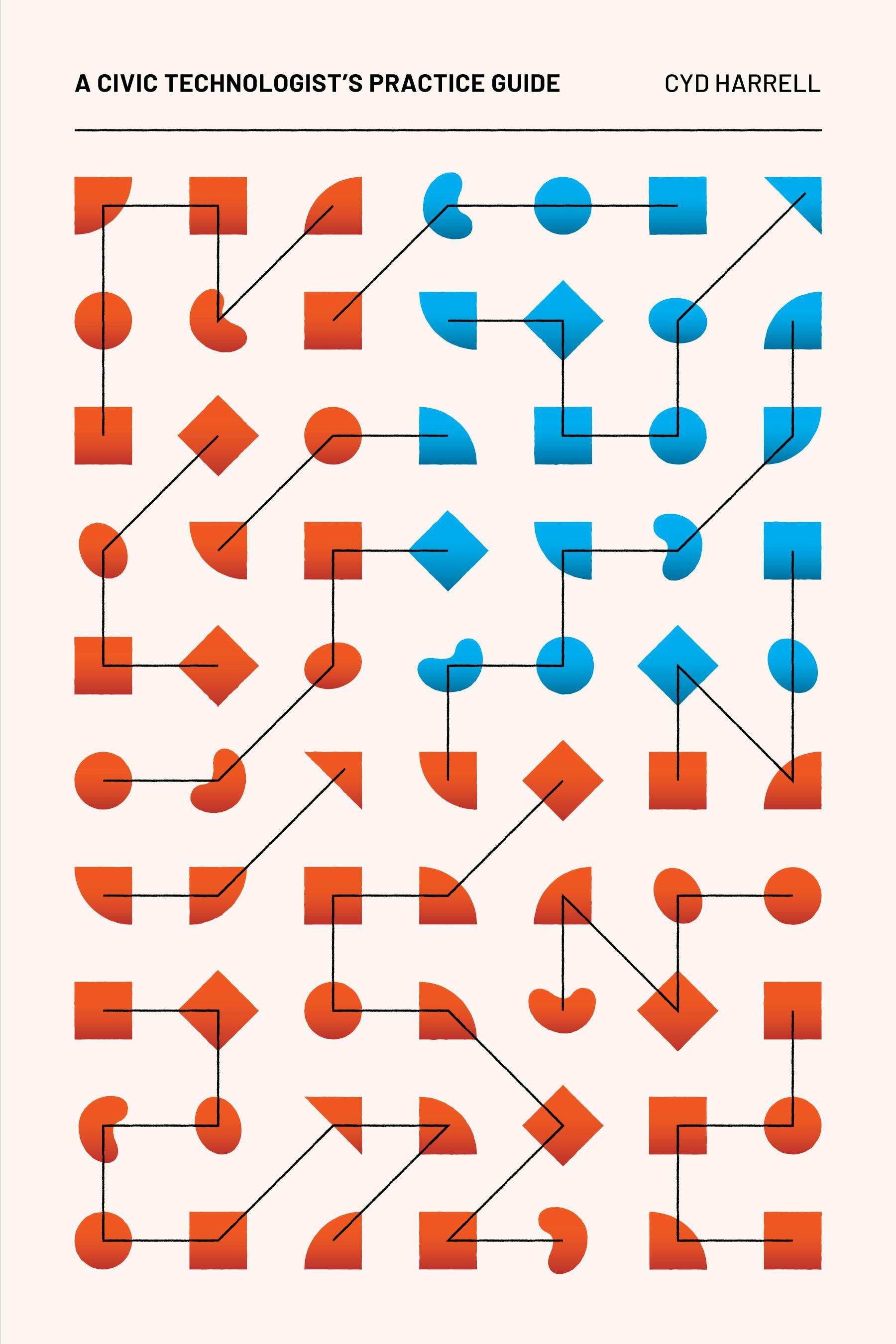Because the field is new, and operating at the intersection of very different working cultures, you will be comparatively alone and in charge of organizing your own work on most civic tech projects, no matter your professional level. Even if you join an established team, each new engagement will bring questions of how best to partner, and how to shape a project for the biggest impact at each stage.54 ↱

A Civic Technologist's Practice Guide
Cyd Harrell
Loading highlights…